Raised Bed Gardening
Intensively raised plants, in raised beds
Raised bed gardening has many benefits, not least of which is that the plants in a raised bed are closer to you for their inspection and care.
Other advantages of raised bed gardening are that the soil will warm up faster in the spring, giving you a jump start on early greens, which at certain times of year we crave.
You will find that having raised beds made of wood also gives you somewhere to attach row covers or temporary warmth enhancing cloches for early spring production.
The soil stays in place, and is safe from trampling feet.
Up off the ground, the plants are safe from dogs or other wildlife.
Making your raised beds with a wire mesh base helps it drain well, while protecting the plants in the beds from vermin such as pocket gophers.
You can customize the soil to each particular crop, tailoring it to their specific needs. Put wood ashes in the beds where you will grow Brassicas, and dolomite lime to add calcium to beds where tomatoes will grow to prevent blossom end rot.
Increased
soil fertility
prevents pests from attacking your plants too;
garden bugs
are attracted to plants stressed by lack of nutrients.
Drawbacks of raised bed gardening:
Soil dries out quickly – line the inside of the
raised bed with lumber wrap or plastic to hold the moisture in the soil for a
longer period. See more ways to
recycle in the organic vegetable garden
.
Undecided as to which way to build your raised beds? See some examples of vegetable garden layouts here.
Ways to make raised bed gardens;
Lumber of various types can be used screwed together at the
corners to hold soil – avoid treated lumber of any kind. Use old waterbed frames - they're sturdy and just the right height.
Best lumber to use is poplar if it’s available, as it won’t rot if kept evenly moist.
Other good choices include redwood or cedar (expensive) or locust.
In old time potager gardens, willows or other saplings were woven through upright stakes driven into the ground, and filled with soil.
Wire gabions, or wire fencing filled with stones or rocks are a good way to make raised beds in an area with a lot of stones.
Fill the raised beds with compost, mixed with some screened native soil, if it’s suitable (ie: has good drainage, is not just filled with junk or contaminants.
Community gardens use raised beds; the perfect way to keep the garden neat and tidy, and make the vegetables easy to tend
Make the good soil go further; fill the bottom of the bed with the poor subsoil, and top with the more nutrient rich compost based soil. Most plants have shallow roots, and won't ever venture down into the lower layers.
Raised bed gardening has many advantages. You can add a frame with poly film to make a temporary greenhouse, right onto the raised bed itself. This can add a whole couple of weeks to each end of the growing season if you plan it right, using stacking methods and crop rotation .
It's also a handy place to start a
compost bin
, within easy reach of your garden so you don't have to move it. Then, in spring, it's a simple matter to spread it out right on the raised bed where you need it.
Once your raised beds are in place, and you see how easy it is to keep clean and tidy, free of weeds and with mulch on the walkways between, it will be difficult to go back.
Sign up for
Out in the O-Garden Newsletter
and get your five part composting E-course - FREE!
Join my
email
group and get tips, information and more monthly-ish.
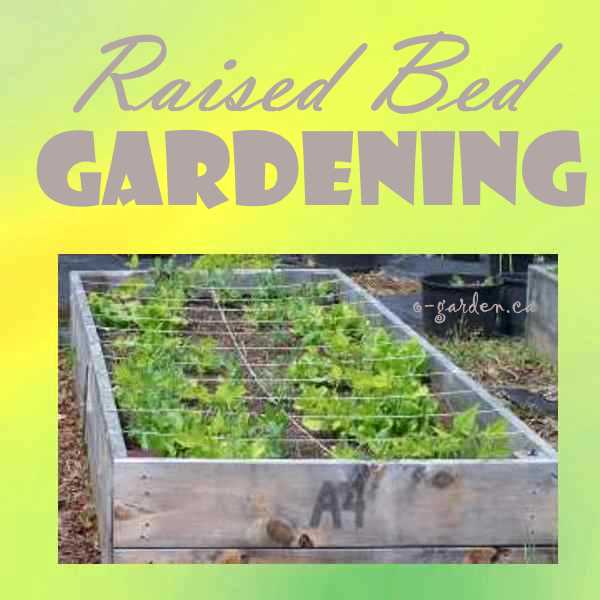
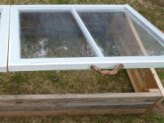
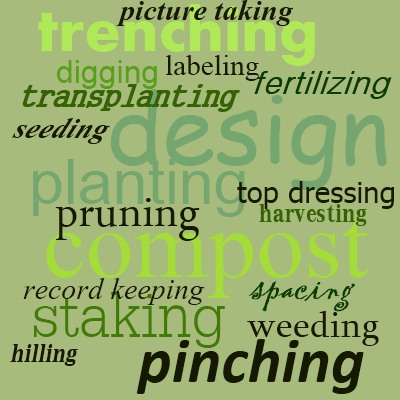


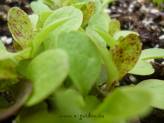
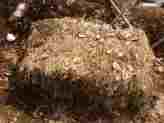
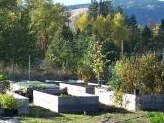
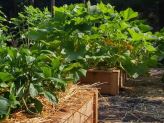
New! Comments
Have your say about what you just read! Leave me a comment in the box below.